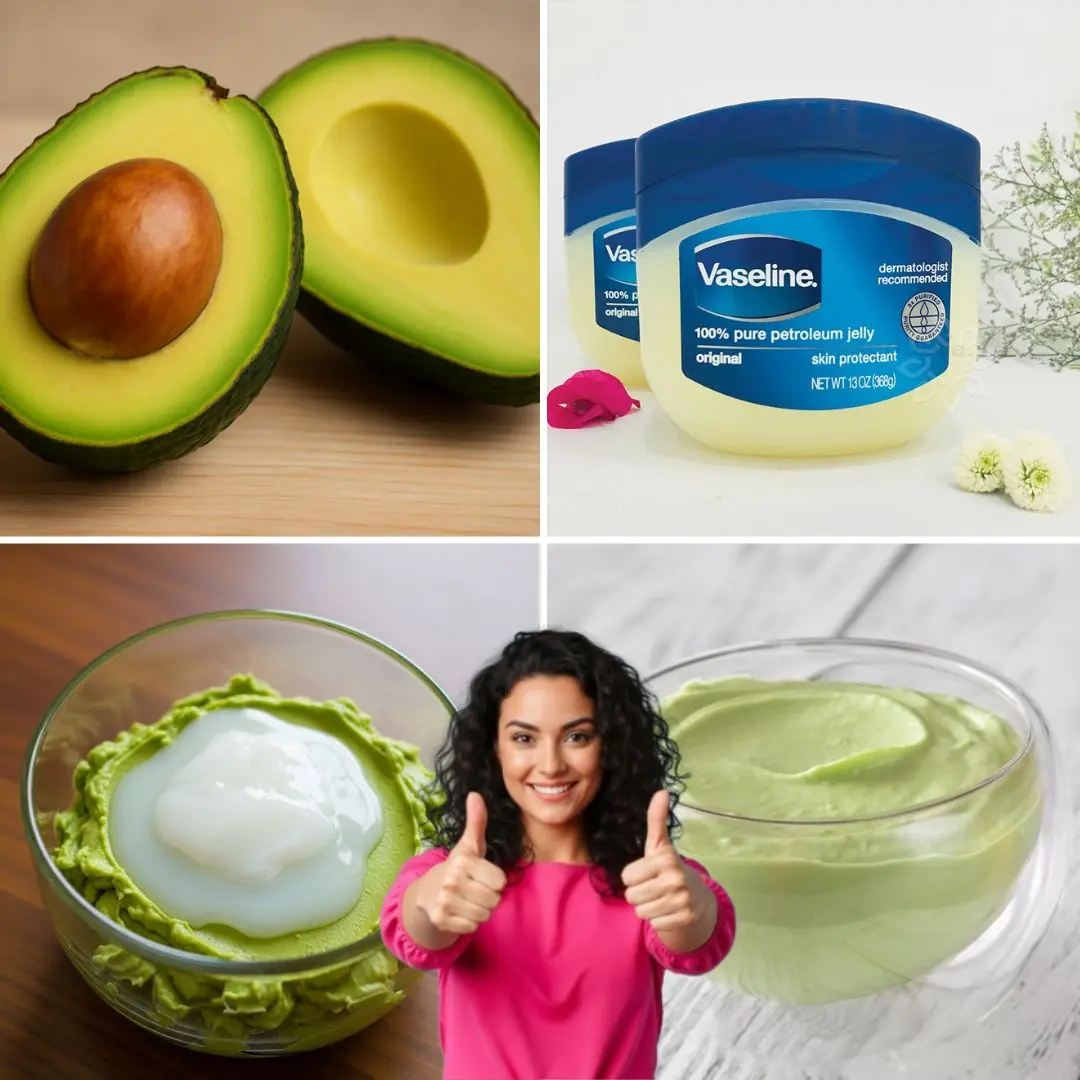
A Healing Sip from the Past: The Gentle Power of Rice, Ginger, and Perilla Leaf Tea
A Healing Sip from the Past: The Gentle Power of Rice, Ginger, and Perilla Leaf Tea
In today’s fast-paced world, it’s easy to overlook the quiet power of traditional remedies passed down through generations. But sometimes, the most comforting solutions come from the simplest ingredients. Imagine a warm cup of tea made from just three everyday staples: rice, ginger, and perilla leaves. This soothing brew isn’t a new trend—it’s a time-honored recipe rooted in Asian households, known for its calming aroma, warming effect, and gentle support for the body.
In this article, we’ll explore the wellness benefits often associated with rice, ginger, and perilla leaves, how they’ve been used in traditional health practices, and how you can prepare this tea easily at home to enjoy its natural support for digestion, immunity, and seasonal balance.
What Makes This Tea Special?
Unlike modern wellness teas filled with exotic ingredients, this blend comes from everyday pantry items. Each component plays a unique role, yet they harmonize beautifully when brewed together.
-
Rice – Light, comforting, and nourishing, rice has long been used in gentle diets for those recovering from illness or fatigue. It provides a subtle sweetness and body to the tea.
-
Ginger – Known for its warming properties, ginger has been valued for centuries as a natural aid for digestion and circulation. Its spicy aroma is both invigorating and soothing.
-
Perilla Leaves – Often used in East Asian cooking and traditional medicine, perilla leaves are believed to support the lungs and immune system, especially during seasonal changes. Their slightly minty, earthy flavor adds depth to the tea.
Together, these three ingredients create a calming, balanced drink that is both grounding and revitalizing. And while each has its own quiet strength, the synergy they create in this tea reflects a holistic approach to wellness—where nourishment is not only physical, but also emotional and cultural.
The Gentle Health Benefits of This Traditional Tea
While more scientific research is always welcome, many wellness traditions and emerging studies suggest that the individual ingredients in this tea may offer several gentle benefits for the body.
1. Digestive Support
Ginger is well-known for helping ease occasional bloating, nausea, or indigestion. Research published in Food & Function suggests ginger may help promote digestive comfort and healthy gastric motility.
Rice water (created when rice is boiled) is often used in traditional remedies to calm the stomach and soothe mild digestive discomfort. It’s particularly appreciated after travel, during stress, or when appetite is low.
Perilla leaves, though less commonly known in the U.S., have been studied for their potential to support gut balance and reduce inflammation in the digestive tract. In traditional Chinese medicine, they are also considered beneficial for “moving Qi,” which supports the flow of energy in the body.
2. Immune and Respiratory Wellness
Perilla leaves are traditionally used in Korea and China during cold seasons for their potential lung-supporting effects. A review in Journal of Ethnopharmacology suggests they may help modulate immune response and support respiratory health.
Ginger has natural compounds like gingerol, which research has shown to have antioxidant and immune-supporting properties. Combined with warm fluids, this tea helps keep the throat comfortable and the body fortified.
3. Warming and Comforting During Cold Seasons
This tea is often enjoyed during cooler months because of its warming nature. Ginger stimulates circulation, and perilla is thought to help balance the body’s response to seasonal changes. It’s a popular drink when one is feeling chilled or wants a gentle boost without caffeine. For families who follow traditional practices, this tea is often brewed on rainy days or during the transition from summer to autumn.
4. Naturally Caffeine-Free and Gentle
For those looking to reduce or avoid caffeine, this tea provides a soothing alternative. It can be enjoyed morning or night, even before bed, as it’s naturally calming without being sedative. It’s especially comforting for children or elderly individuals who are sensitive to stimulants but still want something warm and nourishing.
5. Emotional and Cultural Nourishment
Beyond its physical benefits, this tea offers a moment of quiet presence. The ritual of brewing it—washing the rice, slicing fresh ginger, watching the water simmer—invites a pause from daily busyness. In many cultures, preparing this kind of drink is also an act of care, whether for oneself or a loved one. The tea becomes a form of mindful connection.
How to Make Rice, Ginger, and Perilla Leaf Tea at Home
Making this traditional tea is simple, and you don’t need any fancy equipment. You can use either fresh or dried ingredients.
Ingredients:
-
2 tablespoons uncooked white rice
-
2–3 slices of fresh ginger (or 1 teaspoon dried ginger)
-
4–5 fresh perilla leaves (or 1 tablespoon dried perilla leaf)
-
3 cups of water
Instructions:
-
Rinse the rice thoroughly to remove excess starch.
-
In a small saucepan, combine water, rice, and ginger. Bring to a boil.
-
Reduce heat and simmer for 10–15 minutes.
-
Add perilla leaves in the last 2–3 minutes of simmering.
-
Strain the tea into a mug and enjoy warm.
Optional Tips:
-
Add a teaspoon of honey if you prefer a touch of sweetness.
-
A squeeze of lemon can brighten the flavor and support vitamin C intake.
-
For a more herbal taste, try steeping longer with a lid on.
-
Store any leftover tea in a thermos or glass jar for up to 24 hours.
Who Might Enjoy This Tea the Most?
This tea is especially appreciated by those who:
-
Prefer natural, caffeine-free drinks
-
Want to support digestion naturally
-
Are looking for calming teas during cold weather
-
Enjoy traditional remedies rooted in food-based healing
-
Seek warm beverages during times of emotional or physical stress
-
Want to introduce a grounding wellness ritual into their day
It’s also a lovely drink for older adults who may prefer milder, nourishing beverages that are easy on the stomach and rich in cultural history. Some families even make a version of this tea for postpartum recovery or when someone is coming down with a cold.
When to Drink It
-
After meals to support digestion
-
In the early morning to gently warm the body
-
Before bed to wind down without caffeine
-
During seasonal changes to help the body stay balanced
-
During times of grief, worry, or transition, when comfort is needed
A Note on Perilla Leaves
If you’re new to perilla leaves, they’re often found in Asian grocery stores (sometimes labeled as “shiso”) or online in dried form. There are both red and green varieties—both can be used, though the green perilla is milder and more commonly used in teas. Dried perilla can be stored for months and is a great pantry staple for tea lovers.
Tips for Making the Experience Special
-
Use a favorite ceramic mug for a cozy feel
-
Sit down, take a few deep breaths, and sip slowly
-
Try brewing it while reading, journaling, or enjoying quiet music
-
Make a batch in the morning and sip throughout the day
-
Light a candle or diffuse essential oils to complement the relaxing effect
-
Invite someone to share a cup—it’s a lovely way to show care
Share the Tradition
This tea isn’t just a drink—it’s a way to pause, reflect, and reconnect with simple wellness traditions. Sharing it with a loved one, or introducing it to someone curious about natural remedies, is a beautiful way to pass on something healing and heartfelt.
Conclusion
Rice, ginger, and perilla leaf tea may seem simple, but it’s steeped in deep tradition and gentle wisdom. Whether you’re looking for digestive comfort, immune support, or just a warm cup to soothe the soul, this tea is a timeless addition to your wellness routine.
It reminds us that true health support doesn’t always come in a bottle or from a lab—sometimes, it’s found in a pot on the stove, quietly simmering with care.
Try it for yourself and see how this soothing tea fits into your rhythm. And if you enjoy it, share this recipe with a friend who might need a warm, healing cup.
Disclaimer: This article is for informational purposes only and does not substitute professional medical advice. Consult your doctor before making health changes.
News in the same category


The Drink That Will Empty Hospitals in 2025: It Cures Cancer, Diabetes, and High Blood Pressure Without Pills

The Real Benefits of Mixing Lemon with Activated Charcoal
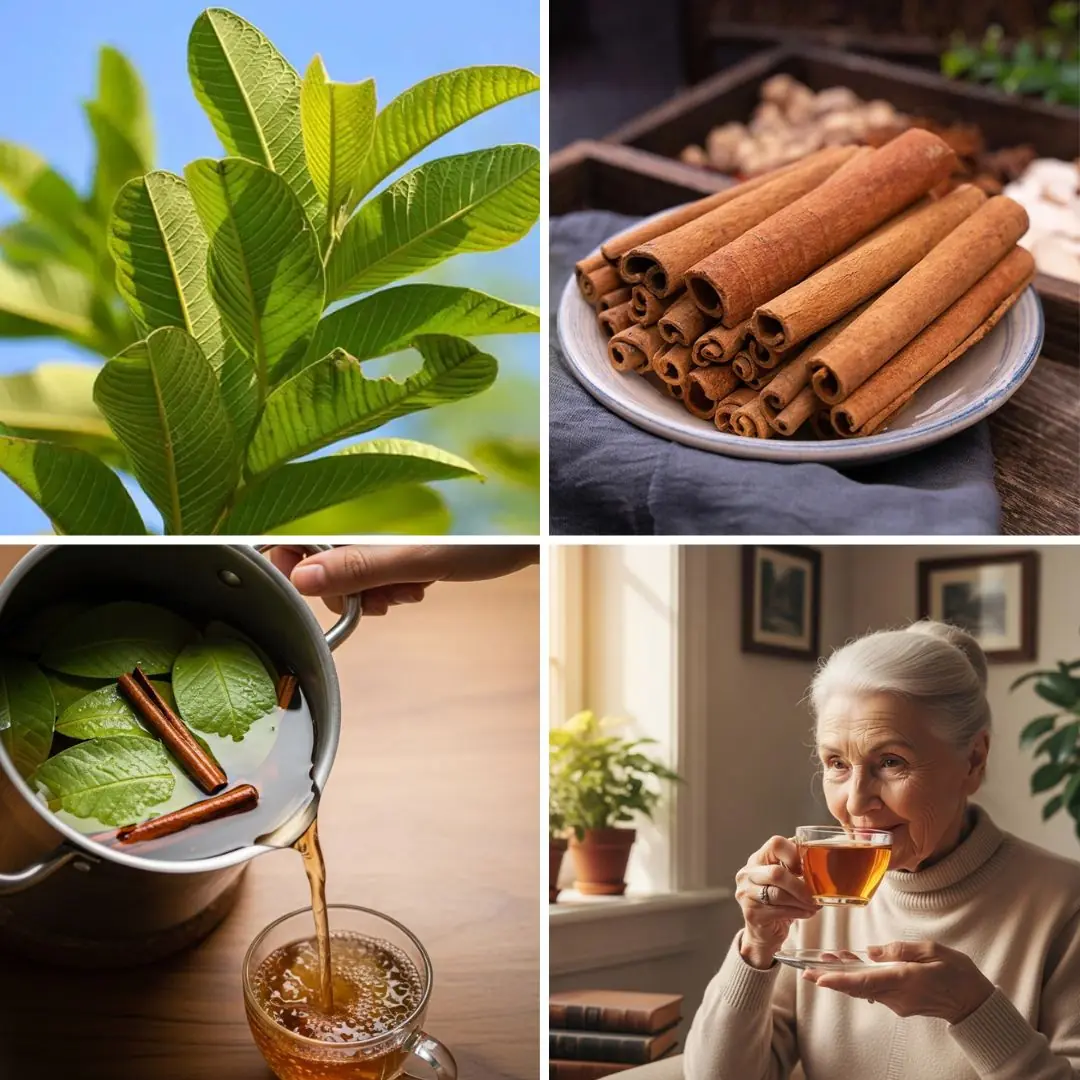
Guava Leaf Tea + Cinnamon: 13 Health Benefits You Can't Miss by Drinking Every Day

Know Your Rights as a Tenant or Resident

7 Foods That FEED Cancer Cells That You're Eating EVERY DAY!
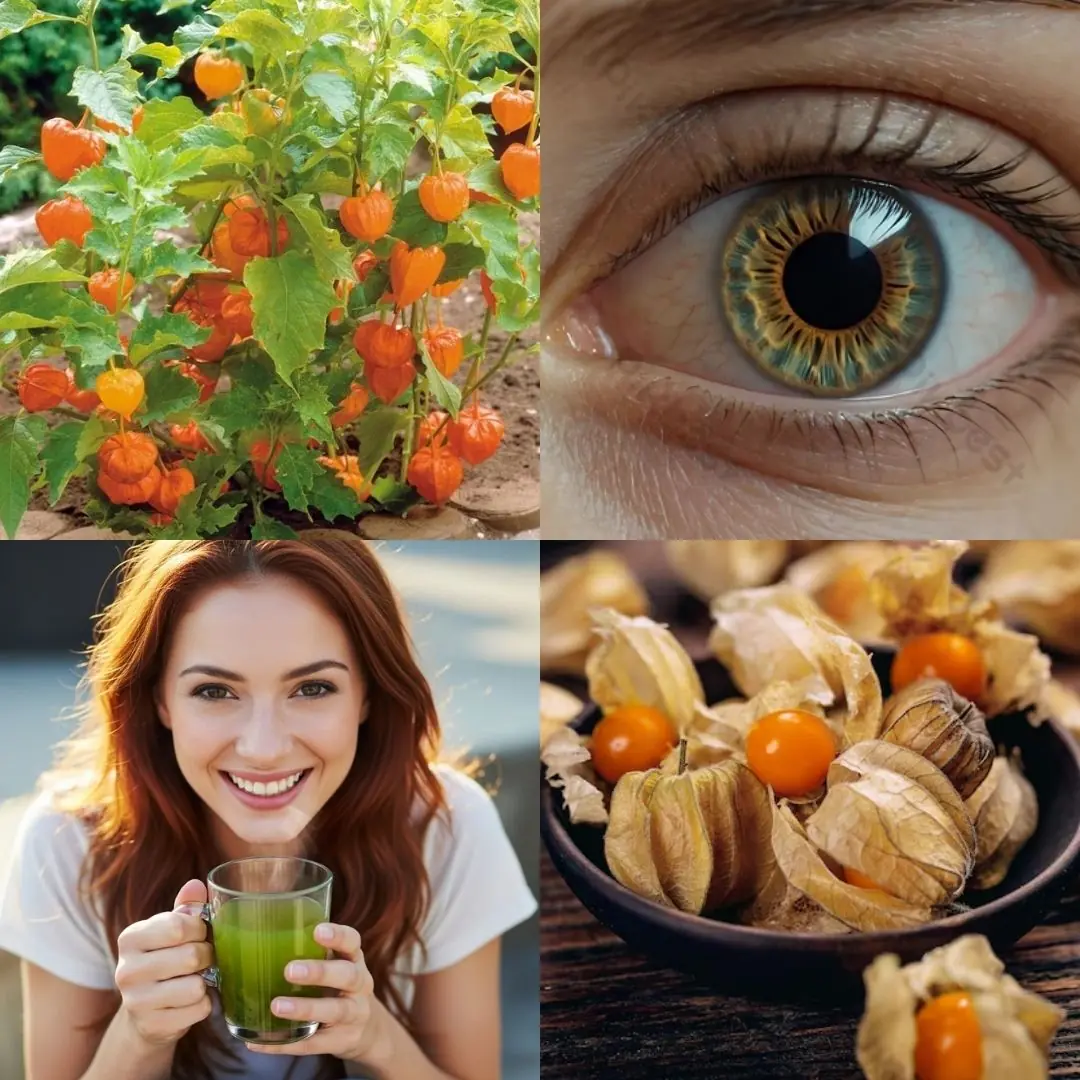
Goldenberries (Physalis peruviana): A Nutrient-Rich Superfruit for Better Health, Vision, and More

The Surprising Benefits of Drinking Turmeric Water at Night: 8 Reasons You Should Make It a Habit Today 🌙

Cloves, Ginger, and Lipton Tea: A Health-Boosting Trio Worth Gold

Never Throw Away Lemon Peels Again: 12 Unusual Ways to Use Them

How People Over 50 Can Supplement Fiber for Better Health
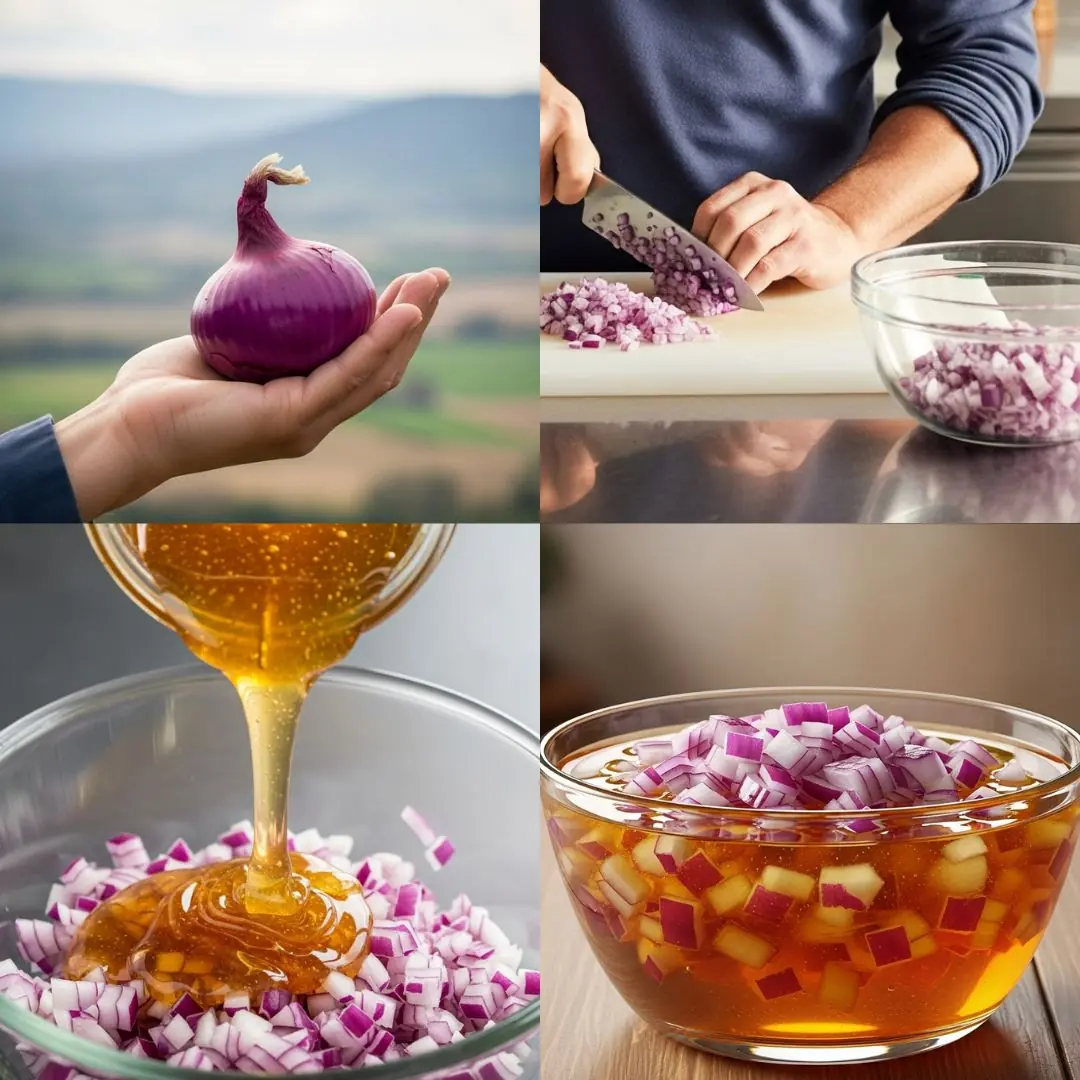
Unleash Your Inner Alpha: The Natural Nighttime Boost You Need

Stop Now! These 8 Pumpkin Seed Mistakes Trigger Irreversible Reactions in Your Body
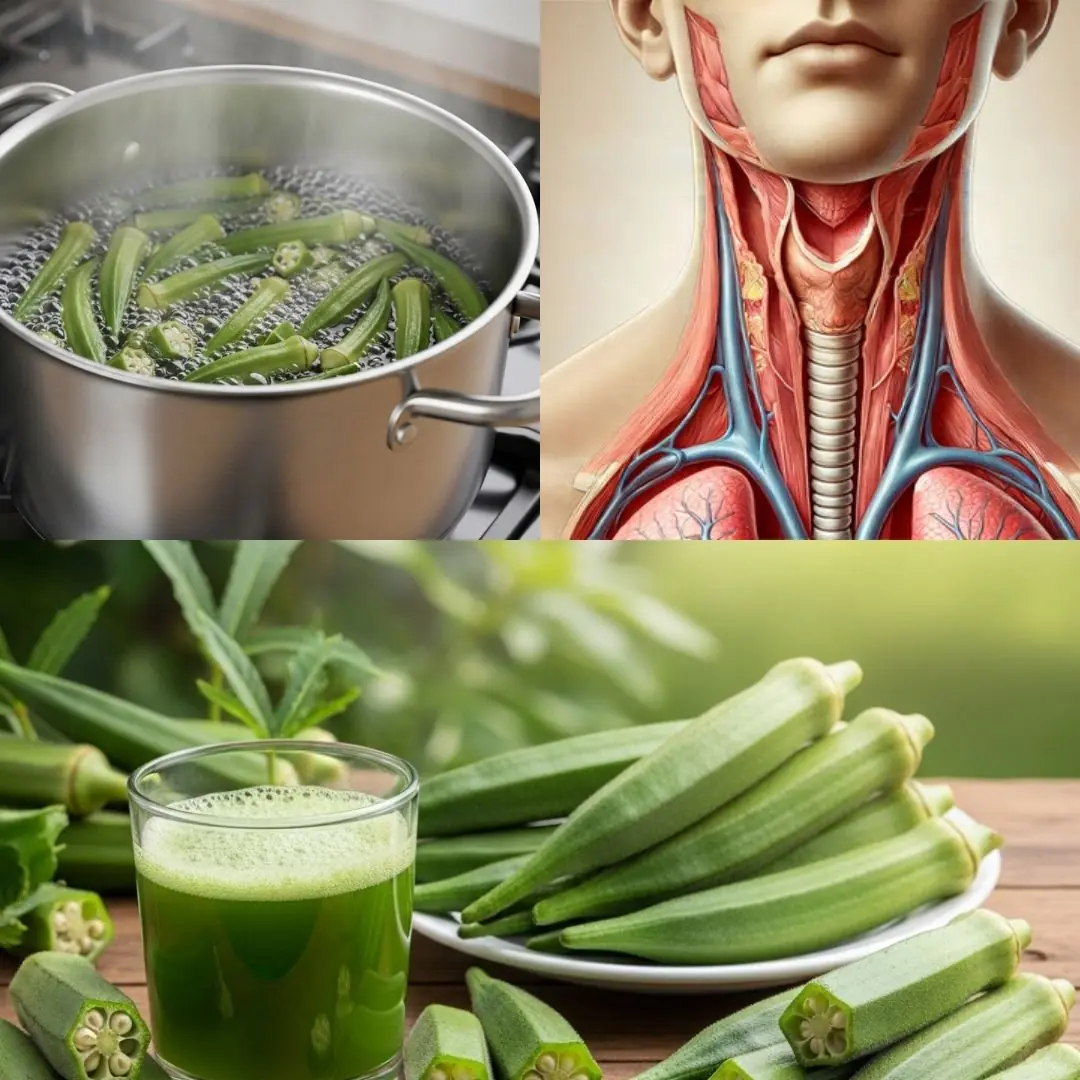
7 Surprising Health Benefits of Okra You Need to Know

The Secret to a Whiter Smile: A Simple Tomato-Based Teeth Whitening Recipe

🛑 The MOST DANGEROUS Sleep Position You Never Knew! | Boost Your Sleep Instantly

Say Goodbye to Fatty Liver, Blurry Vision, and Anemia with This Powerful Natural Drink
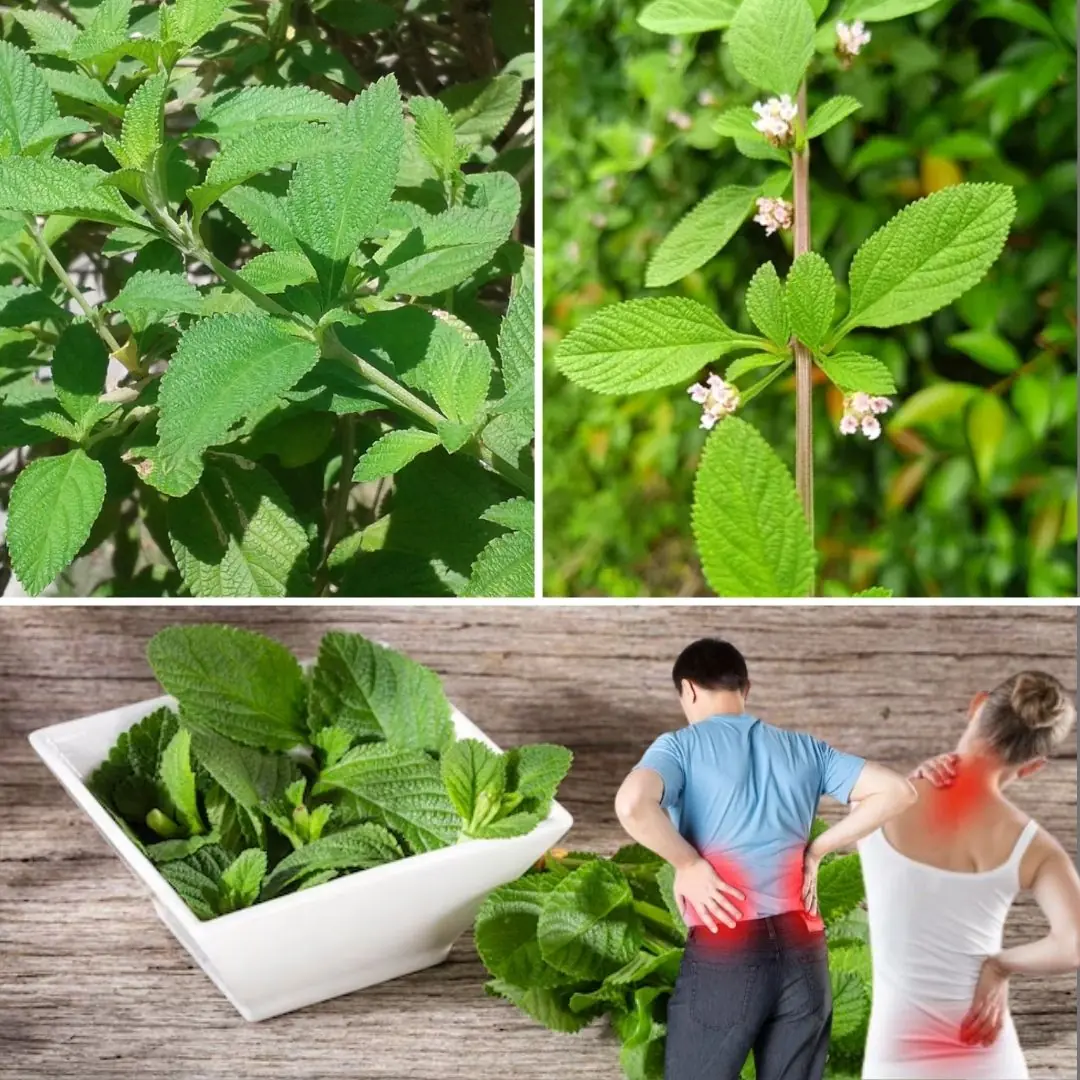
Pronto Alivio: Benefits, Medicinal Uses, and How to Prepare Its Infusion
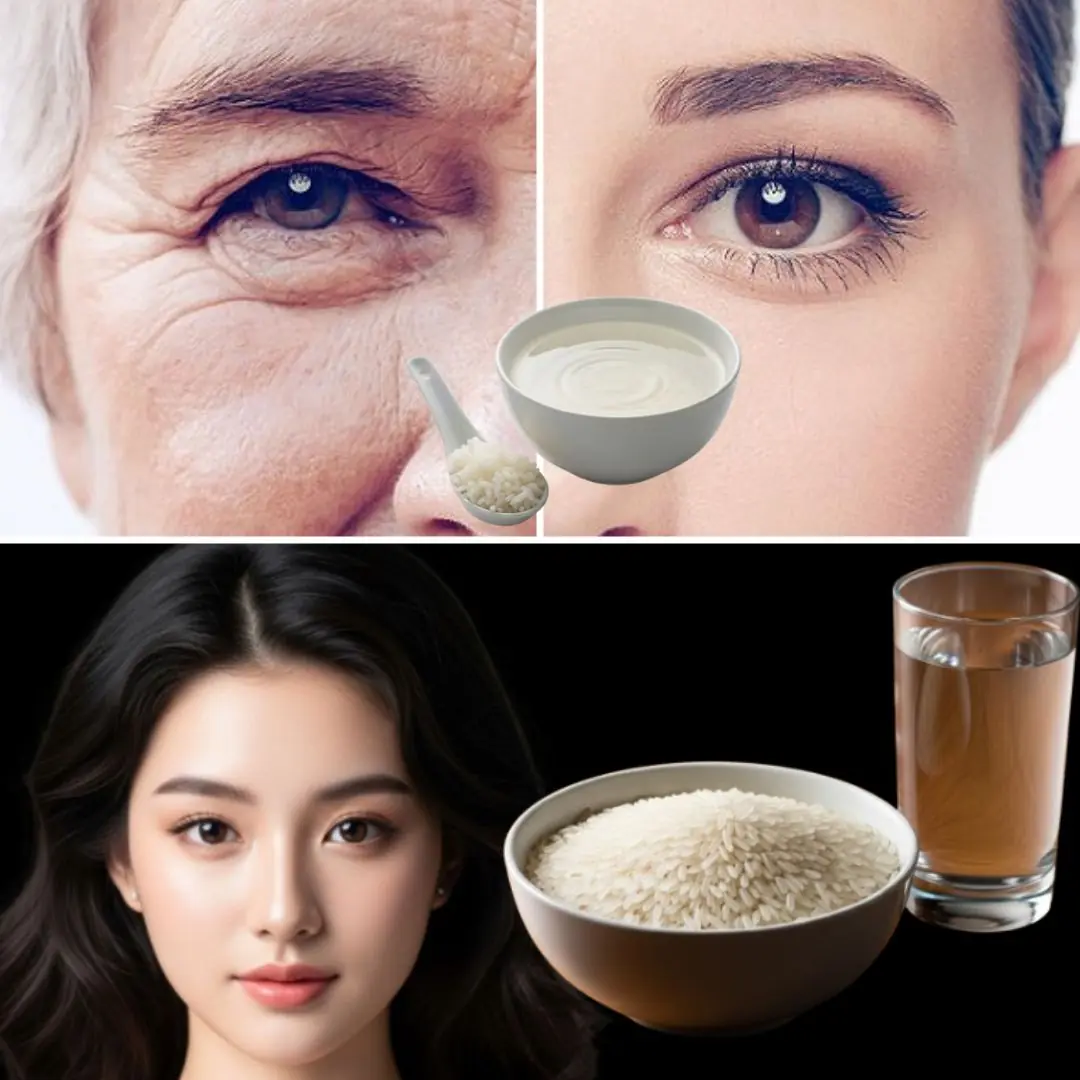
Mix Rice and Water and the Wrinkles Will Disappear! 🌟 Rice Mask for Glowing Skin
News Post

— Hello, Lena! — Angelina saw her acquaintance and waved

The queue at the clinic was moving very slowly. Elderly ladies went into the ENT doctor’s office and disappeared there for almost an hour

The Hidden Power of Avocado Seeds: 12 Health Benefits and How to Use Them

The Drink That Will Empty Hospitals in 2025: It Cures Cancer, Diabetes, and High Blood Pressure Without Pills

The Real Benefits of Mixing Lemon with Activated Charcoal

My Wife's Evening Walks Were Always a Mystery—Until I Followed Her and Discovered the Truth

My Daughter-in-Law Started Dropping Off the Kids During My Book Club — So I Taught Her a Lesson in Respect She Won’t Forget

Guava Leaf Tea + Cinnamon: 13 Health Benefits You Can't Miss by Drinking Every Day

I Secretly Learned Sign Language to Connect with My Future In-Laws — But Discovered a Life-Changing Secret Instead

The Silent Boy We Called Ours — Until His First Words Unraveled a Devastating Truth

My Mother-in-Law’s Dog Turned My Life Upside Down — So I Fought Back with One Brilliant Move

He Stole the Inheritance Our Grandmother Left Me — But Fate Had a Better Plan Than Revenge"

Know Your Rights as a Tenant or Resident

7 Foods That FEED Cancer Cells That You're Eating EVERY DAY!

Goldenberries (Physalis peruviana): A Nutrient-Rich Superfruit for Better Health, Vision, and More

Afraid of Surgery, the Woman Used This for 6 Years to Shrink Her Tumor Based on a Tip – Oncologist’s Four Words Left Everyone Stunned

Discovered to Have One of the Deadliest Cancers After Just One Warning Sign

The Surprising Benefits of Drinking Turmeric Water at Night: 8 Reasons You Should Make It a Habit Today 🌙
